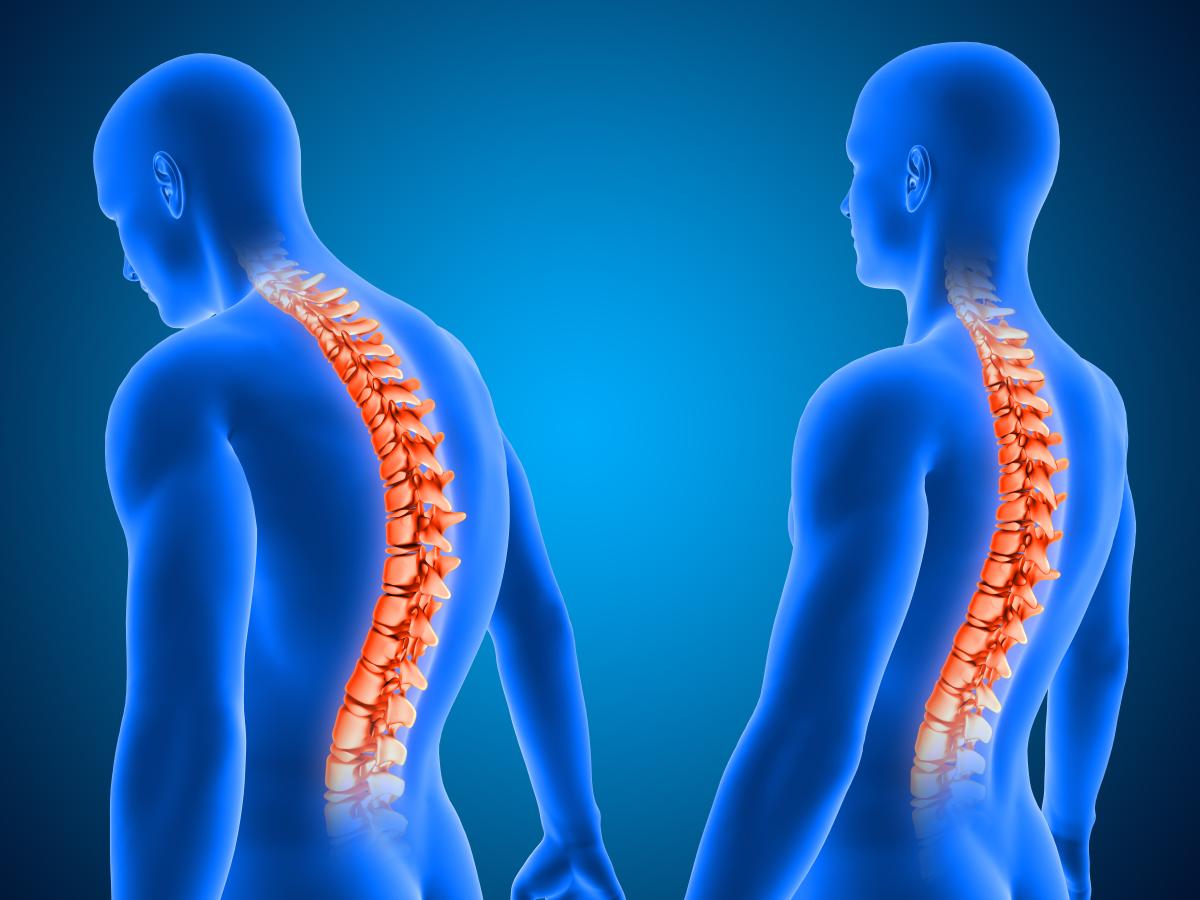


Introduction
A herniated disc—also known as a slipped or ruptured disc—is a common cause of back and neck pain. While the condition can be uncomfortable, most people recover with proper care and non-surgical treatments. This blog will help you understand what a herniated disc is, its symptoms, how it’s diagnosed, and the best ways to recover.
If you're looking for expert spine care, our orthopedic spinal surgeon in Chesterfield specializes in diagnosing and treating disc-related issues with a patient-first approach.
Your spine is made up of vertebrae separated by intervertebral discs, which act as cushions. Each disc has:
A herniated disc occurs when the outer layer tears, allowing the inner gel to push out. This can irritate nearby nerves, causing pain and other symptoms.
At Chesterfield Spine Center, we see many patients with herniated discs resulting from both lifestyle and age-related factors. Early diagnosis can significantly improve outcomes.
Pain
Numbness or Tingling
Affected nerves can cause abnormal sensations in specific areas, depending on the location of the herniation.
Weakness
Muscle weakness in the arms or legs can occur if nerve signals are disrupted.
Worsening Pain with Movement
Activities like sitting, bending, or coughing may intensify the pain.
Medical History and Physical Exam
Your doctor will ask about your symptoms and assess reflexes, muscle strength, and range of motion.
Imaging Tests
Our experienced orthopedic surgeons in Chesterfield utilize advanced imaging tools to provide accurate diagnoses and guide targeted treatment plans.
Rest and Activity Modification
Avoid heavy lifting and activities that worsen the pain.
Medications
Over-the-counter pain relievers, muscle relaxants, or prescription medications may be recommended.
Physical Therapy
Exercises to strengthen the back and improve flexibility can help alleviate symptoms.
Epidural Injections
Corticosteroid injections can reduce inflammation and provide temporary pain relief.
Surgery
Reserved for severe cases where other treatments fail. Procedures like discectomy (removing the herniated portion) can relieve pressure on the nerves.
Whether you need conservative care or surgical expertise, a skilled orthopedic spinal surgeon in Chesterfield can help you navigate your recovery journey with confidence.
Herniated discs are manageable with the right care and lifestyle changes. Most people recover within a few weeks to months without surgery. If you’re experiencing back pain, consult onlinespinecare.com or visit our Chesterfield spine center for a personalized treatment plan tailored to your needs.